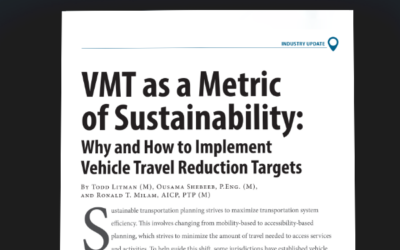
Big Data allows experts to look beyond traditional crash data. Traditional methods are useful in identifying high crash frequency locations; however, the downside is that they are reactive meaning a crash must occur for the data to be collected. Instead, Big Data is allowing practitioners to study a larger number of potential traffic incidents and trouble spots by evaluating specific contributing factors (i.e., driver behavior) to find out what might cause accidents before they happen. As technology improves and the industry shifts towards the use of even more advanced tools like real-time sensors and automated data collection systems, (i.e., Smart Cities), agencies will be able to proactively explore options for using Big Data as they upgrade and expand their existing systems.
To learn more about applying the right data sets to your safety projects, access the brief here. Be sure to tune in to the upcoming ITE webinar featuring ITE Brief co-author, Diwu Zhou, on May 23, 2023.
Contributors

Diwu Zhou
Senior Transportation Engineer
PE, RSP1

Meghan Mitman
RSP2I
Explore More
Embracing VMT for a Sustainable Future
Explore impactful strategies for sustainable transportation in the latest ITE Journal article, co-written by one of our VMT experts, Ron Milam.
2024 Staff Promotions
We’re excited to recognize our team members who have been promoted! Thank you for all you do!
Safer Roads, Smoother Evacuations
Maximizing safety and evacuation agility with innovative road design that meets both everyday and emergency needs.




